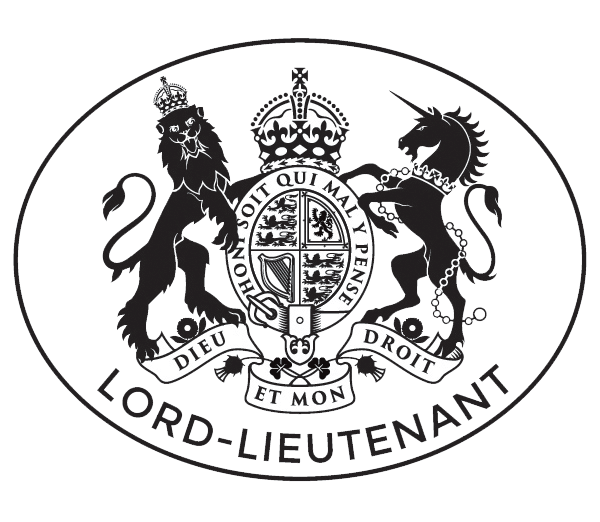The Office of Lord-Lieutenant has military origins dating back to the reign of Henry VIII. Before that time, the Sheriff had been responsible for maintaining order in the county and for using whatever military measures were required to defend Surrey and its inhabitants.
In Tudor England, Henry created the role of Lord-Lieutenant to take over those duties and to control the military forces of the Crown. The first record of a Lord-Lieutenant of Surrey was in 1551 – William Parr KG, Marquis of Northampton.
From 1569, Deputy Lieutenants could be appointed. Later in the 16th century, a more formal system for the Lieutenancy was introduced ‘for the suppressing of any commotion, rebellions or unlawful assemblies’. In1662, the Lord-Lieutenant was given entire control of the militia.
It was not until the Regulation of the Forces Act in 1871 that direct control of the militia was transferred from the Lord-Lieutenant back to the Crown. In 1921 the Lord-Lieutenant finally lost the power to call on all able-bodied men of Surrey to fight in case of need. Despite this, links to the Armed Forces of the Crown, most especially the Volunteer Reserve Forces and Cadets, are still an important element of today’s role for the Lieutenancy.
Historically, the Lord-Lieutenant has also been closely associated with the magistracy and, until the 19th century, was responsible for appointing the Clerk of the Peace. The current Lord-Lieutenant, Mr Michael More-Molyneux, is still appointed Keeper of the Rolls and chairs the Lord Chancellor’s Advisory Panel on the Magistracy. As such, it is his duty to ensure that the correct standard of conduct is observed by all Justices of the Peace.

